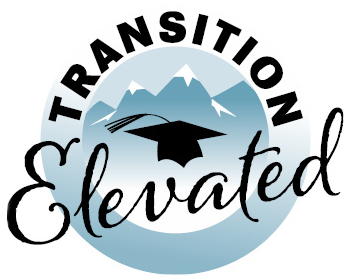Student Development
Student development in transition planning goes beyond academics. It includes building the life skills, work habits, self-advocacy, and confidence that prepare students for adulthood. Educators play a critical role in supporting these skills inside and outside the classroom.
What Does “Student Development” Mean?
Why is student development a key part of transition planning?
A successful transition requires more than a diploma. Students need real-life skills to succeed in postsecondary education, the workforce, and independent living. Development includes social, emotional, vocational, and daily living skills.
What are some core areas of student development?
While each student’s needs vary, common areas include:
- Self-awareness and self-advocacy
- Goal-setting and decision-making
- Communication and social interaction
- Work readiness and soft skills
- Time management and personal responsibility
- Basic independent living tasks
Strategies to Support Growth
How can educators support soft skills in school settings?
Soft skills can be embedded into classroom routines and real-life experiences:
- Use group projects to build collaboration
- Provide structured opportunities for problem-solving
- Give students roles in managing classroom tasks
- Use rubrics that include behavior, communication, and time use
What are ways to support self-determination?
Students should have chances to make choices, set goals, and reflect on outcomes. This can include:
- Student-led IEP planning or progress check-ins
- Classroom reflections on effort and achievement
- Letting students choose how to complete or present work
How do you help students develop work readiness?
Work skills can be practiced long before a job. Educators can:
- Use mock interviews or job application exercises
- Encourage punctuality, task completion, and organization
- Partner with school-based enterprises or job shadowing opportunities
- Connect learning to real-world tasks (e.g. budgeting in math class)
Real-World Application
How can development continue outside of special education?
All students benefit from structured development — not just those with IEPs. Collaborate with general education staff, counselors, and families to provide opportunities across environments and grade levels.
What if a student struggles with motivation or confidence?
Many students do. Start with small, achievable goals. Celebrate progress often. Use peer mentoring, work-based learning, and supportive feedba
